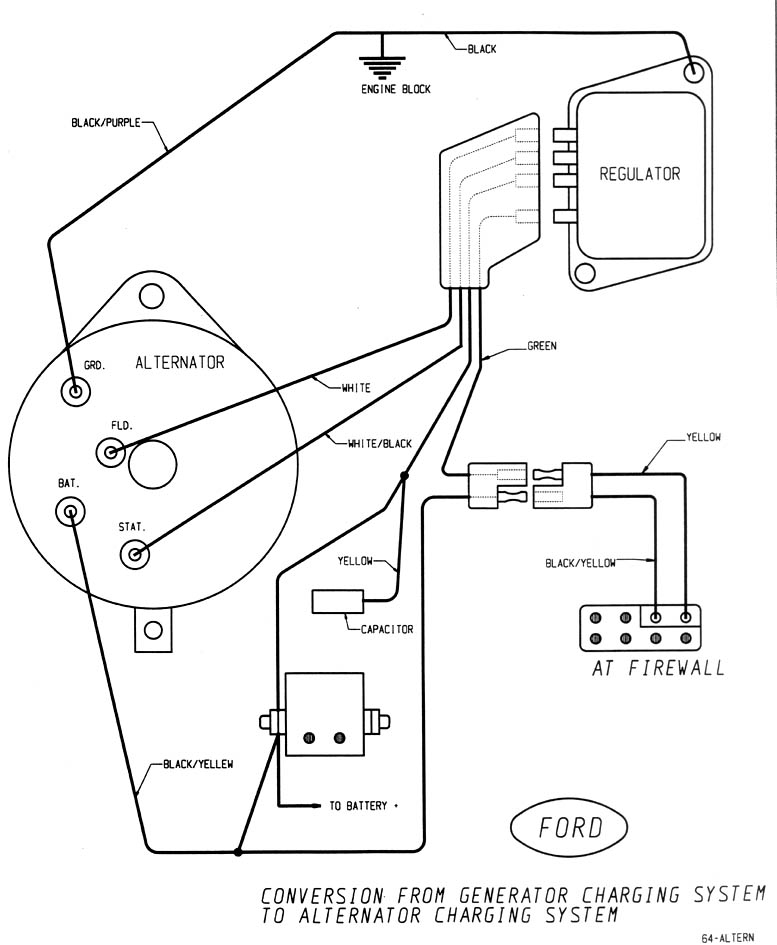This is from an old post on the board but I thought with some folks working on their cooling systems that this might have some relevance:
>I have heard of four core radiators in Squarebirds, but I
>don't know if it looks stock or how it fits as I have never
>seen one.
>
>Alexander
>1959 Hardtop
>1960 Golde Top
I recently purchased the original three core radiator from a gentleman in S.C.
In a recent e-mail he says:
"I wanted to let you know the new 4 core radiator I bought made absolutely no difference in my '59 so the 3 core you bought from me should be fine.
I might try a transmission cooler or electric fans next. Only gets hot when stopped."
I advised him that if he went with an electric fan that he'd want to do the generator to alternator swap that Alexander has talked about. He also added a six bladed fan so I mentioned that adding a fan shroud might help.
As an aside -- I seem to recall reading somewhere that race cars don't use a conventional thermostat -- That they used to stick a large washer in the housing -- Apparently it was supposed to be enough to slow the water flow down so that it would sufficently cool enough while still keeping the engine hot enough to operate at peak. Makes me wonder how that might work in a Bird.
Alexander, do you have the alt swap how-to somewhere on this site?
>I have heard of four core radiators in Squarebirds, but I
>don't know if it looks stock or how it fits as I have never
>seen one.
>
>Alexander
>1959 Hardtop
>1960 Golde Top
I recently purchased the original three core radiator from a gentleman in S.C.
In a recent e-mail he says:
"I wanted to let you know the new 4 core radiator I bought made absolutely no difference in my '59 so the 3 core you bought from me should be fine.
I might try a transmission cooler or electric fans next. Only gets hot when stopped."
I advised him that if he went with an electric fan that he'd want to do the generator to alternator swap that Alexander has talked about. He also added a six bladed fan so I mentioned that adding a fan shroud might help.
As an aside -- I seem to recall reading somewhere that race cars don't use a conventional thermostat -- That they used to stick a large washer in the housing -- Apparently it was supposed to be enough to slow the water flow down so that it would sufficently cool enough while still keeping the engine hot enough to operate at peak. Makes me wonder how that might work in a Bird.
Alexander, do you have the alt swap how-to somewhere on this site?



Comment